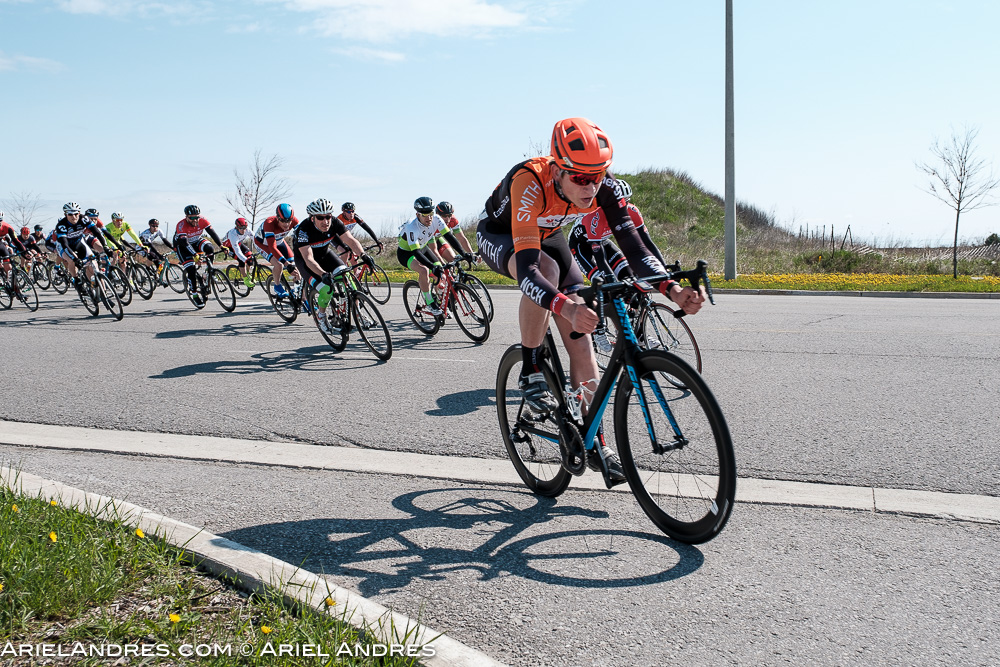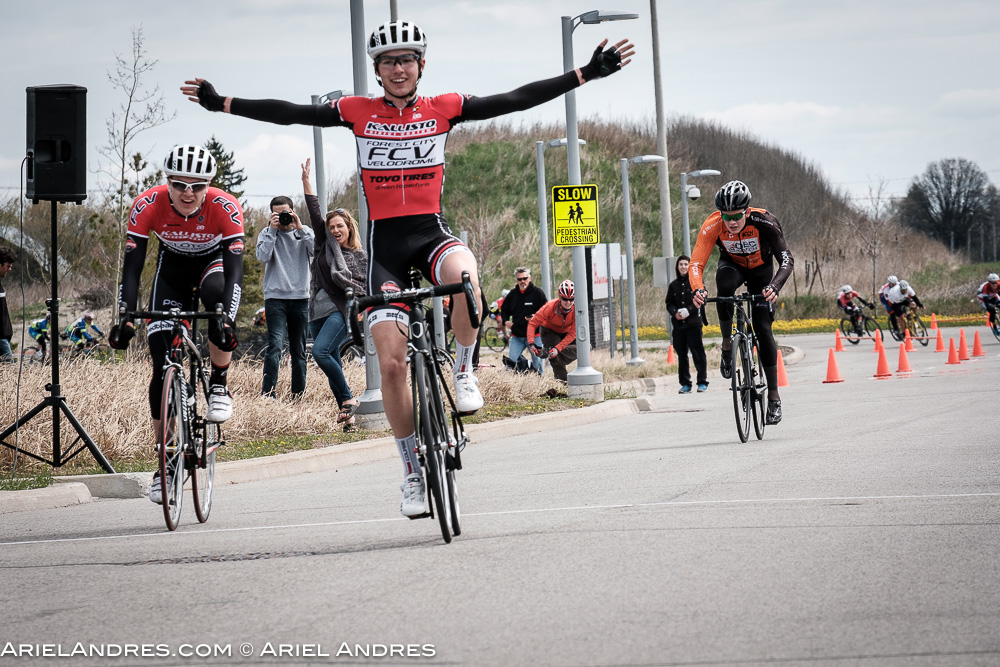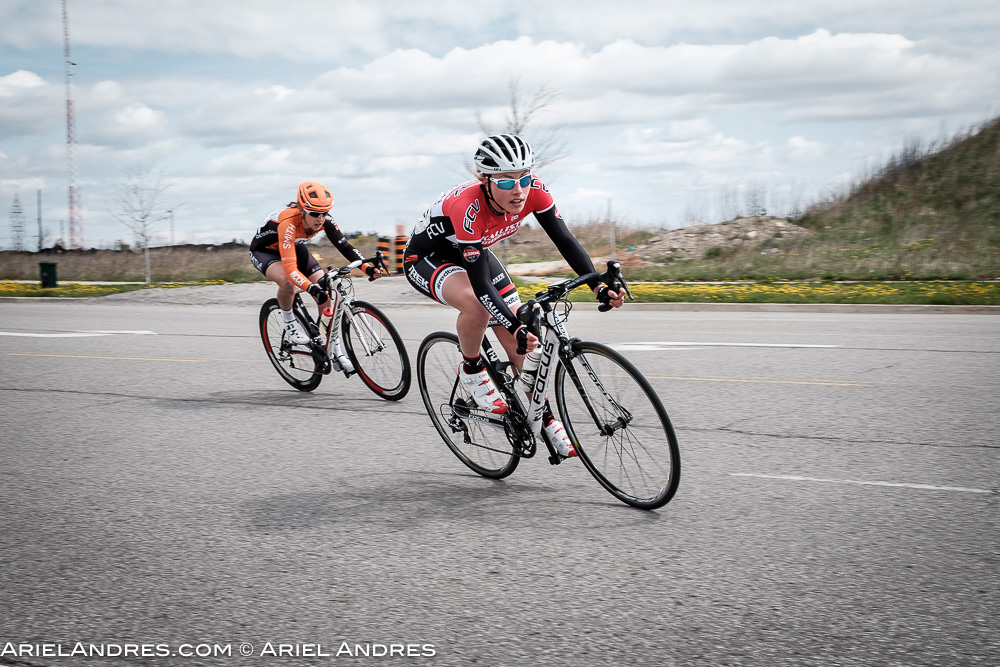

This past Sunday I photographed a couple of the races during the Mother’s Day Criterium at Honda Canada’s Head Office in Markham. Each race is comprised of about 25-30 laps around a 1.5km loop. The course had numerous corners and straightaways giving photographers many shooting opportunities.
In past cycling races I’ve typically brought a couple of DSLRs and a triumvirate of zooms covering 16mm to 200mm. However, the last few races I’ve brought one DSLR, in this case a Nikon D750 and 70-200mm lens, and a second camera, either a Leica M9 that I used solely to shoot behind-the-scenes or a Fuji X-T10 which works well behind the scenes, too, but is a little too limited to cover the action. (I only tried capturing action with the Leica M9 once, but that is certainly not its specialty.) On Sunday, however, I didn’t want the write lag to be a factor so I brought the Fuji X-Pro2, which has a much larger buffer, along with the XF 16-55mm and the XF 55-200mm lenses.
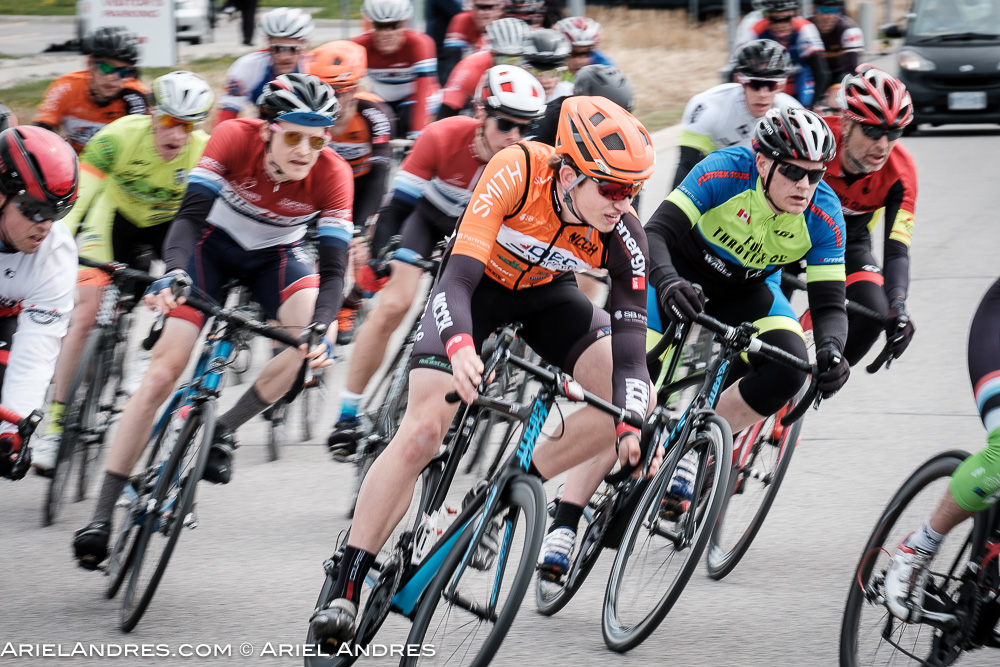
So how did it perform? The X-Pro2 and the lenses worked very well. To me the best judge of how well a camera works is how much it “gets out of the way”, in other words it lets me capture what I want to capture without my having to play around with the controls or without the camera behaving in unpredictable ways. In this case, they were out of the way, even when the rain came down. I didn’t have to give the camera or the lenses a second thought except marvel at how well the images I wanted were being captured.
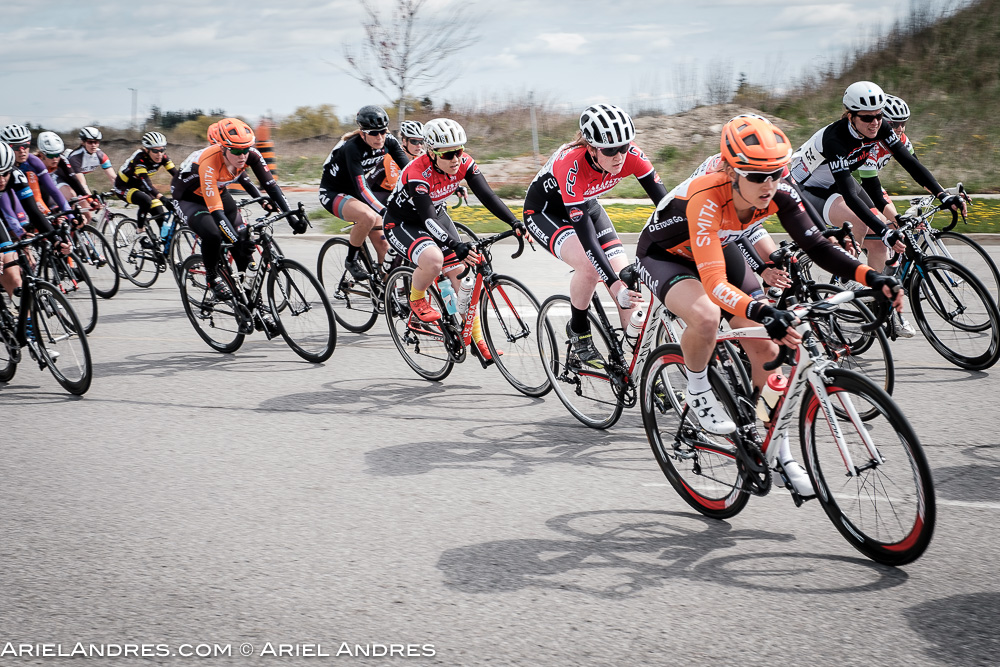
I was concerned about the “disconnect” that can happen when shooting on continuous high with mirrorless cameras. The EVF freezes and you lose sight of the action in front of the camera. Your shooting experience becomes more of a hope and a prayer. I chose the X-Pro2 because I knew I could fallback on the optical viewfinder should the EVF lag become problematic. It turned out I didn’t have to be concerned as I didn’t notice much, if any lag. Furthermore, the large buffer and the UHS-II high speed card slot — and using a high speed card in that slot — proved to be very capable of keeping up with the camera’s 8 frames per second (I was shooting raw/JPEG fine.)
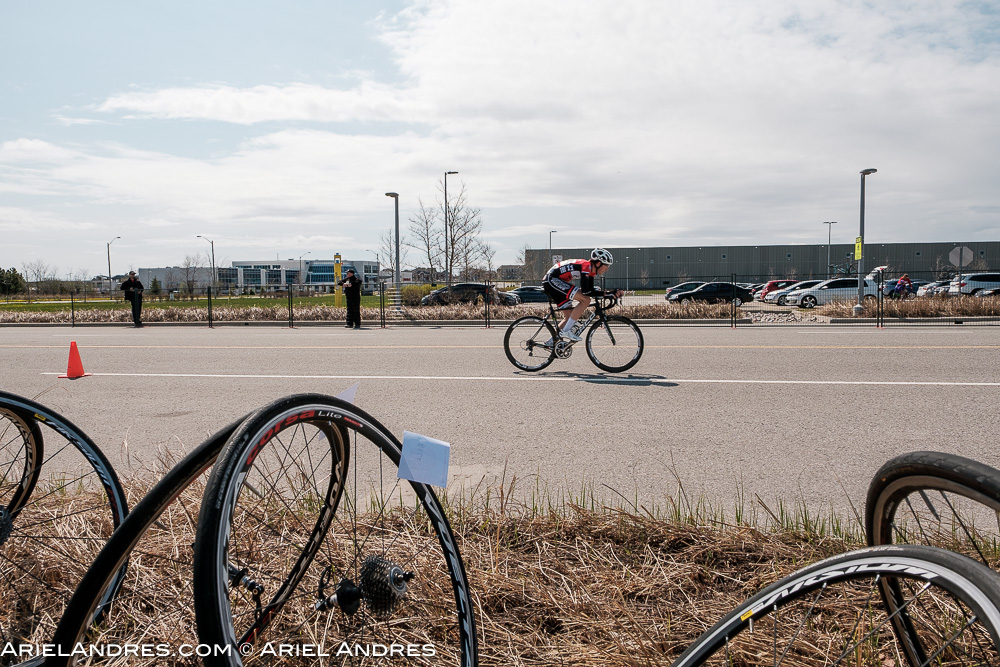
The autofocus worked very well. I switched between two methods depending on whether or not I was using the XF 16-55mm or the XF 55.200mm. If I was using the former, I had the camera set to Manual focus and used the AF-L button to activate the AF-C+Wide/Tracking autofocus. When I used the telephoto zoom, I used AF-C+single point. The focus stick/focus lever as Fuji calls it was very handy. I remember having this on my Canon 5D, but it was limited by the relatively few points. However, on the X-Pro2, the focus stick makes having a large number of points covering most of the viewing screen extremely useful. Focusing with the X-Pro2 is a rewarding experience.

The X-Pro2 will certainly have a spot in my sports/action photography kit. I think that a Fujifilm X-Series camera will be with me in all of my other shooting set-ups: Street and Events (X-Pro2 and M9), Studio (PhaseOne and X-T10 – for the tilt screen), Location Portraiture (X-Pro2 and Nikon), and Landscape and Travel (X-Pro2 and X-T10).
